10 Essential Tips for Sustainable Food Packaging to Reduce Waste by 30% in 2023
As the world becomes increasingly aware of environmental challenges, the food industry must adapt to
sustainable practices to mitigate waste. Food packaging plays a crucial role in this transformation, as it not only protects products but also impacts the planet. In 2023, the goal is clear:
reduce waste by 30% through conscious packaging solutions. This shift requires innovative strategies that prioritize sustainability without compromising quality or consumer satisfaction.
The essence of sustainable food packaging lies in its ability to minimize environmental footprints while ensuring food safety and longevity. By implementing effective practices and utilizing
eco-friendly materials, businesses can lead the charge toward a greener future. From biodegradable options to reusable designs, the packaging must evolve to meet the demands of both consumers and the planet.
As we delve into ten essential tips, you'll discover practical steps that can significantly enhance your food packaging approach. Together, these strategies will not only contribute to environmental conservation but also align with the growing consumer preference for sustainable products.
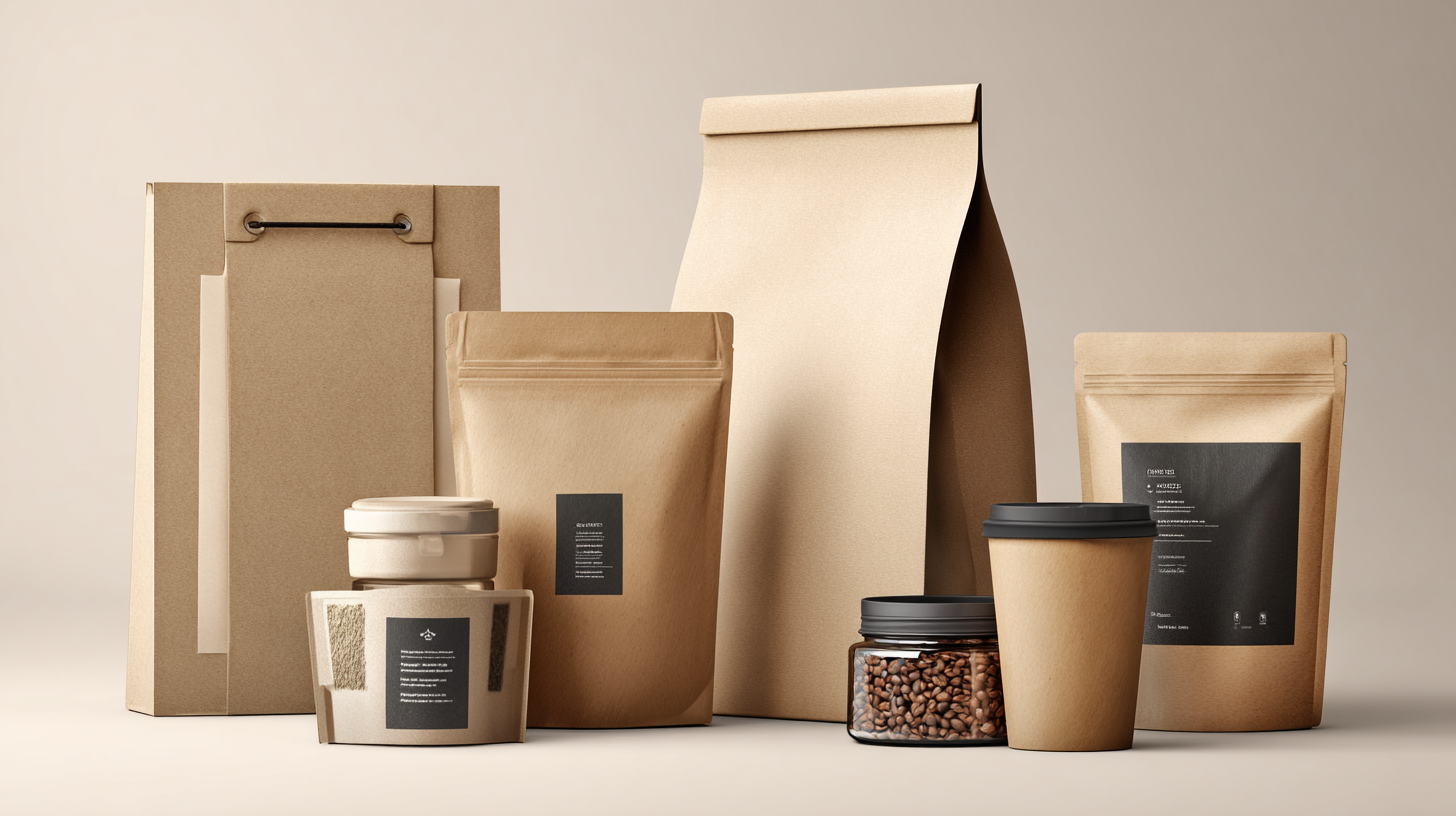
Innovative Materials: Exploring Biodegradable and Compostable Packaging Options
Innovative materials play a pivotal role in the evolution of sustainable food packaging. Biodegradable and compostable options are increasingly gaining traction as they offer an effective way to minimize environmental impact. Biodegradable packaging is designed to break down naturally over time, using microorganisms to decompose into non-toxic components. This feature significantly reduces the amount of waste that ends up in landfills, aligning with the goal to cut food packaging waste by 30% in 2023.
Compostable packaging takes sustainability a step further by ensuring that materials can be processed in compost facilities, turning waste into nutrient-rich soil. Made from natural materials like corn starch, sugarcane, or even mushrooms, compostable packaging not only reduces plastic waste but also enriches the earth. By choosing to utilize these innovative materials, food producers not only meet consumer demand for eco-friendly options but also contribute to a circular economy that encourages recycling and composting. As the industry shifts toward these green alternatives, the potential for a significant reduction in waste becomes a realistic goal that benefits both the planet and future generations.

Minimizing Single-Use Plastics: Strategies for Transitioning to Sustainable Alternatives
As the global food packaging industry grapples with the pressing need to minimize single-use plastics, companies are being urged to embark on a transition to sustainable alternatives. The biobased biodegradable plastic market is anticipated to escalate from approximately USD 6.3 billion in 2025 to a staggering USD 15.6 billion by 2035, highlighting a significant shift towards greener materials. This acceleration reflects the food packaging sector's response to the increasing regulatory and public pressure aimed at curtailing plastic pollution, as outlined in recent reports.
Moreover, the commitment to ending plastic pollution has gained momentum, spurred by initiatives such as this year's World Environment Day, which brought attention to the urgent need for global action. Strategies aimed at reducing reliance on single-use plastics are becoming pivotal for food and beverage brands, prompting a reevaluation of existing materials and business practices. Adopting innovations in fiber products and other sustainable packaging solutions is not just a regulatory necessity but also an opportunity to lead the market toward a cleaner, more sustainable future, ultimately aiming to reduce packaging waste by 30% by the end of 2023.
Designing for Reusability: Creating Packaging That Encourages Multiple Uses
In recent years, the global push for sustainable food packaging has accelerated, emphasizing the importance of designing for reusability. With the global plastic crate market projected to grow from $3.95 billion in 2025 to $6.47 billion by 2032, this shift is fueled by both environmental concerns and consumer demand for green practices. The compound annual growth rate (CAGR) of 7.33% reflects an increasing awareness of the need to reduce waste. Innovative packaging solutions that encourage multiple uses can play a critical role in achieving a 30% reduction in waste by 2023.
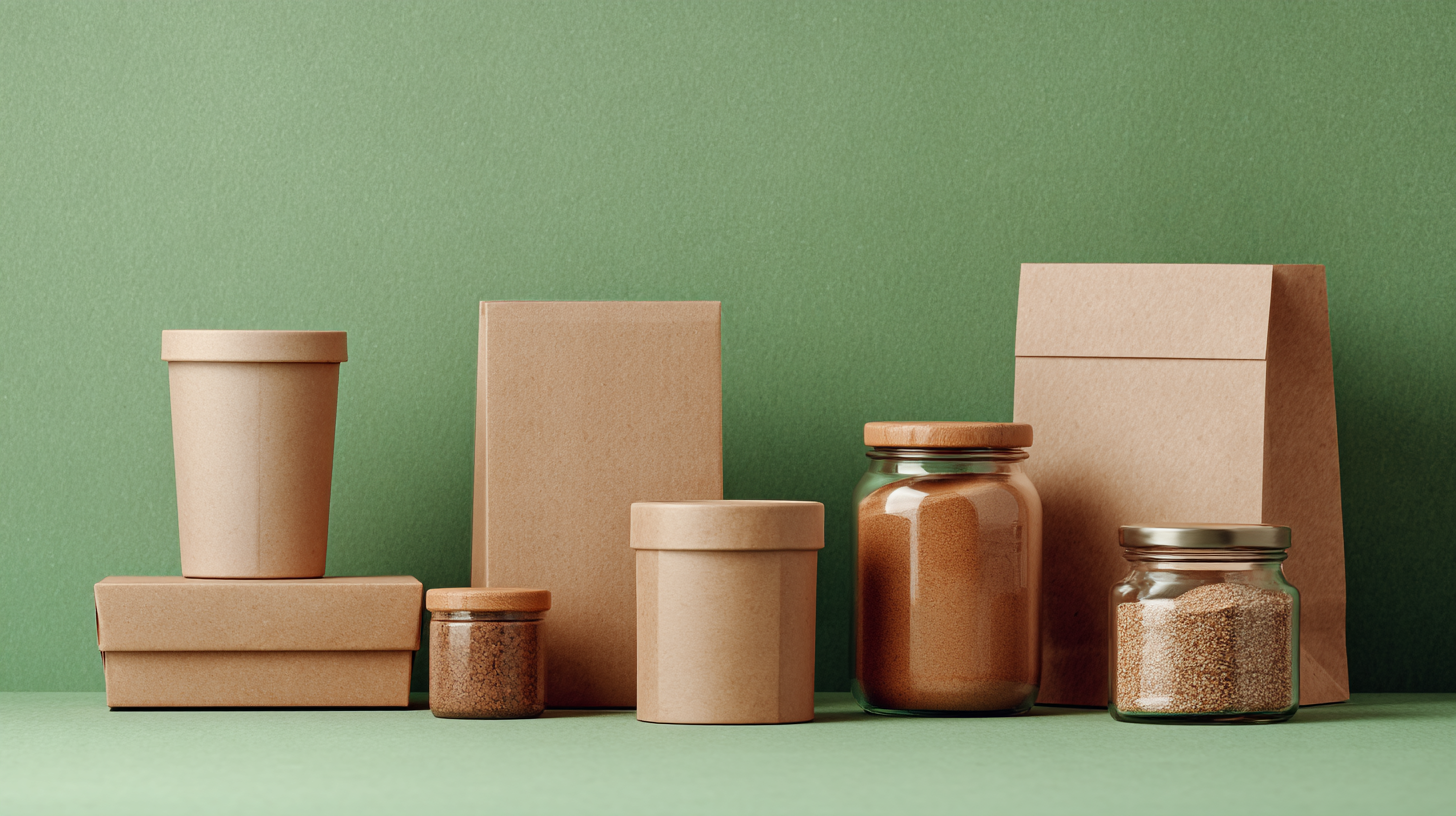
Moreover, the recyclable packaging market's value is estimated to reach approximately $950.1 billion in 2023, with a projected CAGR of 6% from 2024 to 2032. This growth is largely driven by regulatory pressures and a societal shift towards sustainability, demanding businesses to rethink their packaging strategies. Companies are now prioritizing reusable designs that not only minimize packaging waste but also enhance consumer engagement through incentives for multiple uses. By integrating these eco-friendly approaches, the industry can significantly mitigate the environmental impact of packaging while catering to a growing market that values sustainability.
Optimizing Packaging Size: Reducing Waste Through Efficient Sizing and Shipping
In the quest for sustainable food packaging, optimizing packaging size plays a crucial role in minimizing waste. By carefully assessing the dimensions and volumes of food products, manufacturers can design packaging that closely fits the product, reducing excess space. This not only lowers material consumption but also enhances shipping efficiency, as more products can be transported in less space, decreasing carbon emissions associated with logistics.
Moreover, efficient sizing can lead to significant cost savings. When packaging is appropriately tailored to its contents, businesses can reduce the amount of raw materials needed, leading to lower production costs. Additionally, smaller, more compact packages not only weigh less but also take up less shelf space, allowing retailers to maximize their storage capabilities. By implementing these strategies, companies can contribute to a more sustainable food packaging system while appealing to environmentally-conscious consumers.
Educating Consumers: Promoting Sustainable Packaging Practices and Awareness
As we move further into 2023, the global urgency to address environmental concerns continues to mount, particularly in the realm of food packaging. Educating consumers about sustainable packaging practices is crucial to reducing waste and fostering a culture of environmental responsibility. According to a report by the World Wildlife Fund, approximately 1.3 billion tons of food is wasted annually, with packaging contributing significantly to this figure. By promoting awareness of sustainable options like biodegradable materials and reusable containers, we can empower consumers to make informed choices that align with ecological principles.
Moreover, the Ellen MacArthur Foundation notes that shifting towards sustainable packaging could lead to a 30% decrease in food packaging waste. This can be achieved through educating consumers on the environmental impact of their purchasing decisions, encouraging them to opt for products with minimal or eco-friendly packaging. Brands that engage in transparent communication about their materials and processes are more likely to build trust with consumers, leading to increased demand for sustainable products. By embracing these practices, we can collectively work towards a more sustainable future, one informed purchase at a time.
Impact of Sustainable Packaging Practices on Waste Reduction (2023)
Related Posts
-
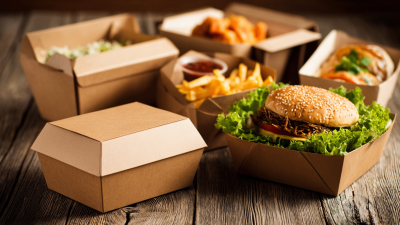
How to Choose the Best Food Packaging Boxes for Your Business Needs
-
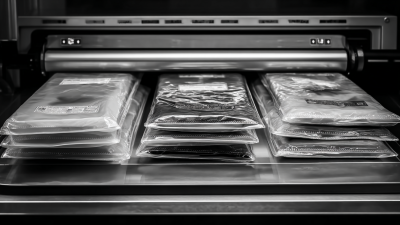
How a Vacuum Pack Machine Can Revolutionize Your Food Storage Game: Tips & Tricks
-

The Essential Guide to Choosing the Right Honeycomb Packing Paper for Your Business
-
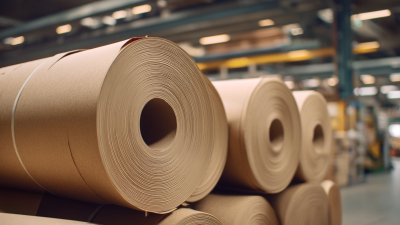
Revolutionizing Sustainability: The Impact of Innovative Packaging Paper Solutions
-

How to Choose the Best Shipping Supplies for Your Business Needs
-
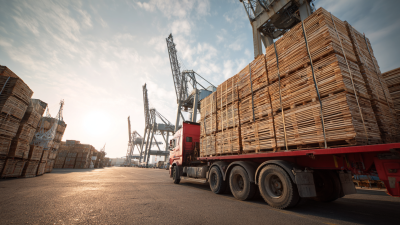
7 Essential Tips for Choosing the Best Bulk Shipping Supplies Worldwide
